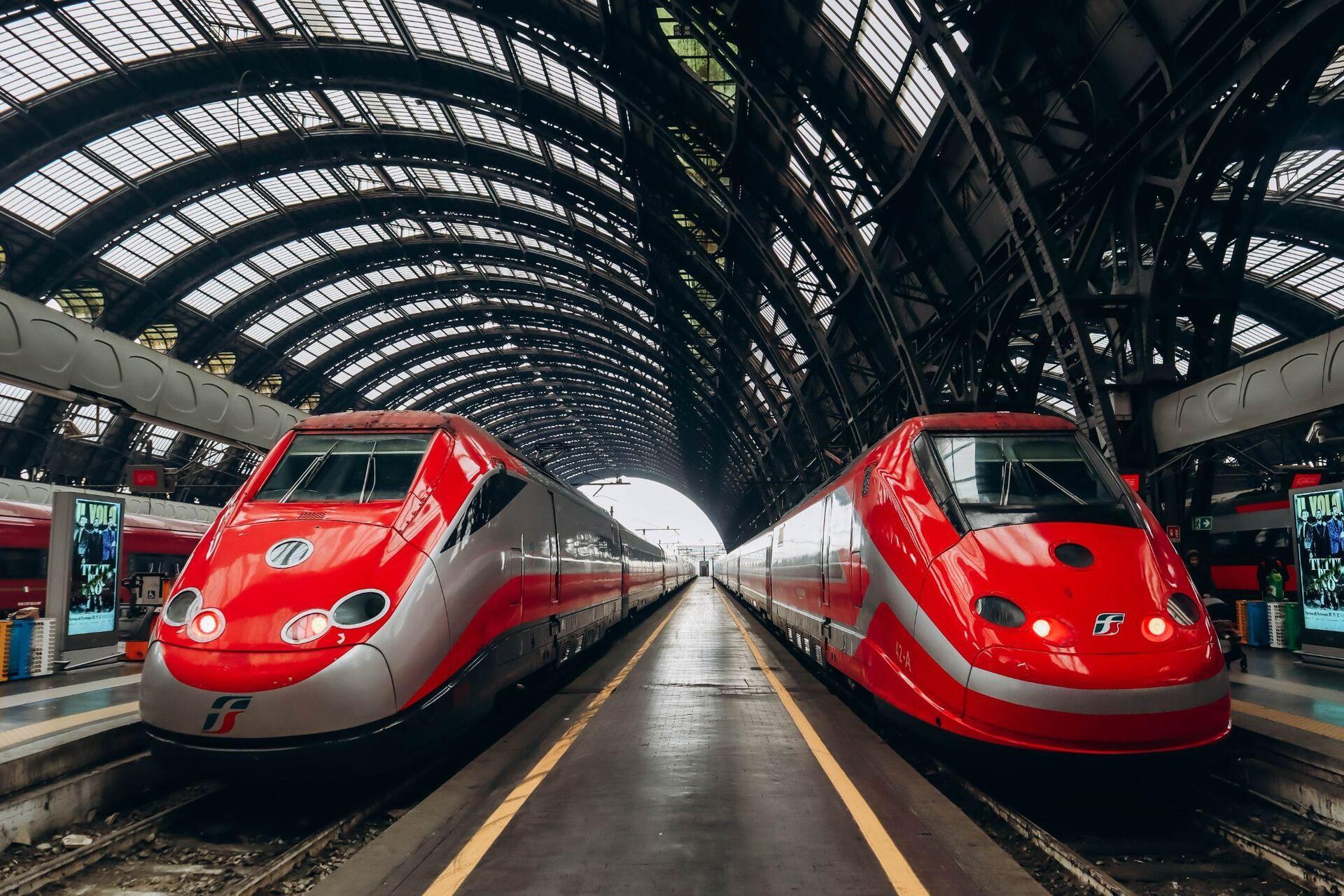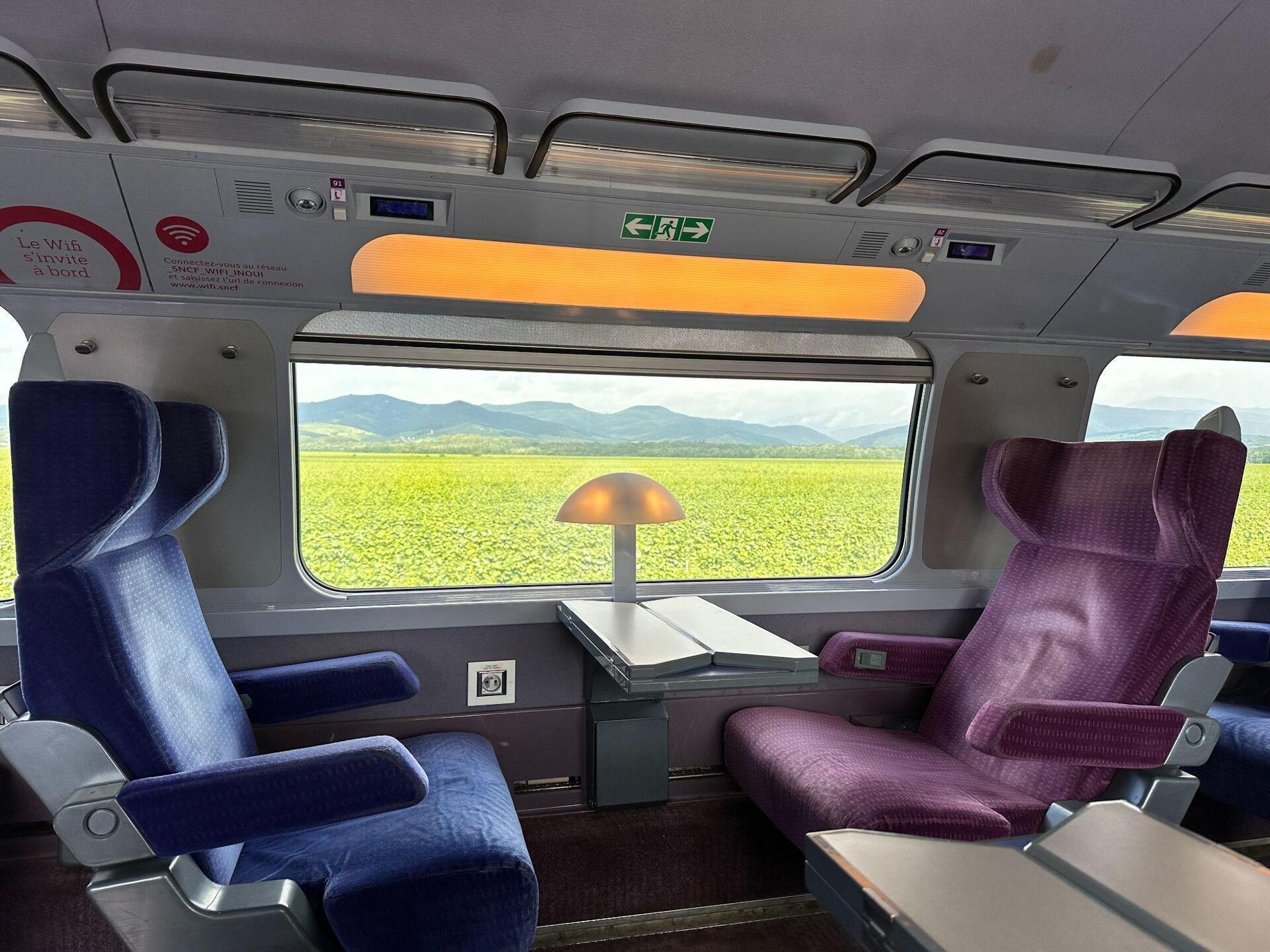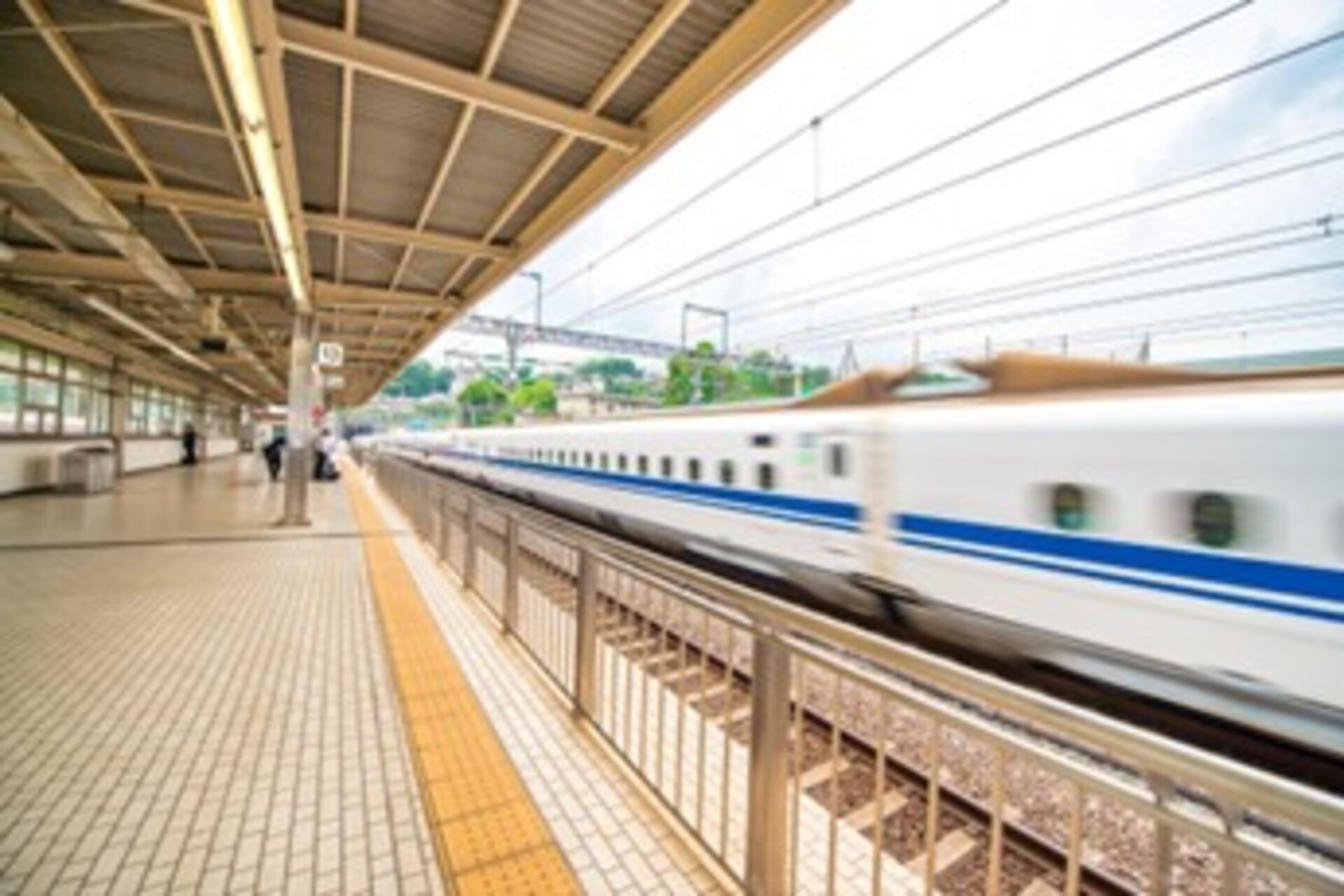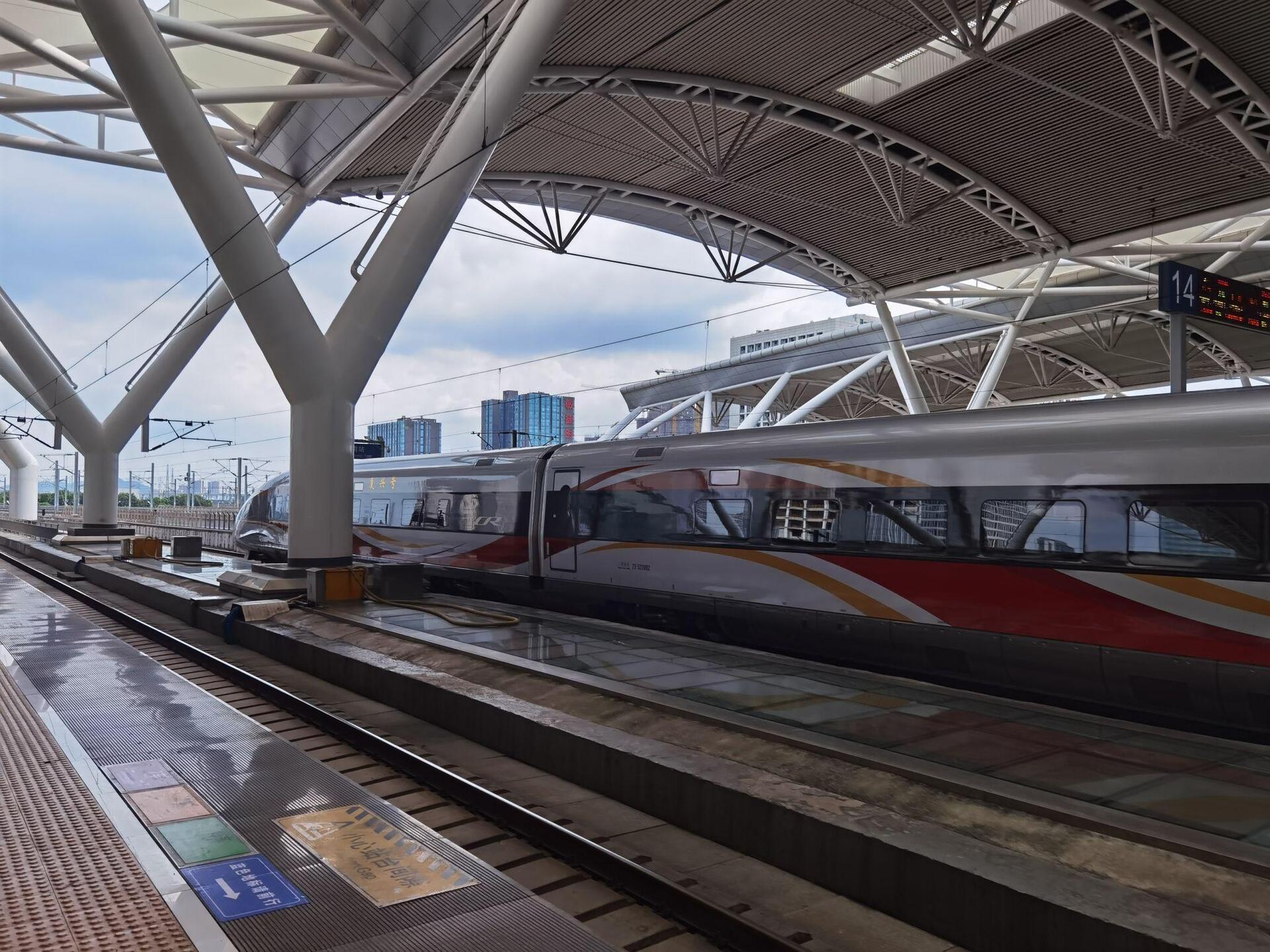Fast as the wind, silent, and ever greener: high-speed trains are changing the way we travel. From Europe to Asia, here are five remarkable examples of high-speed rails leading the way into the future — including Italian railroads.
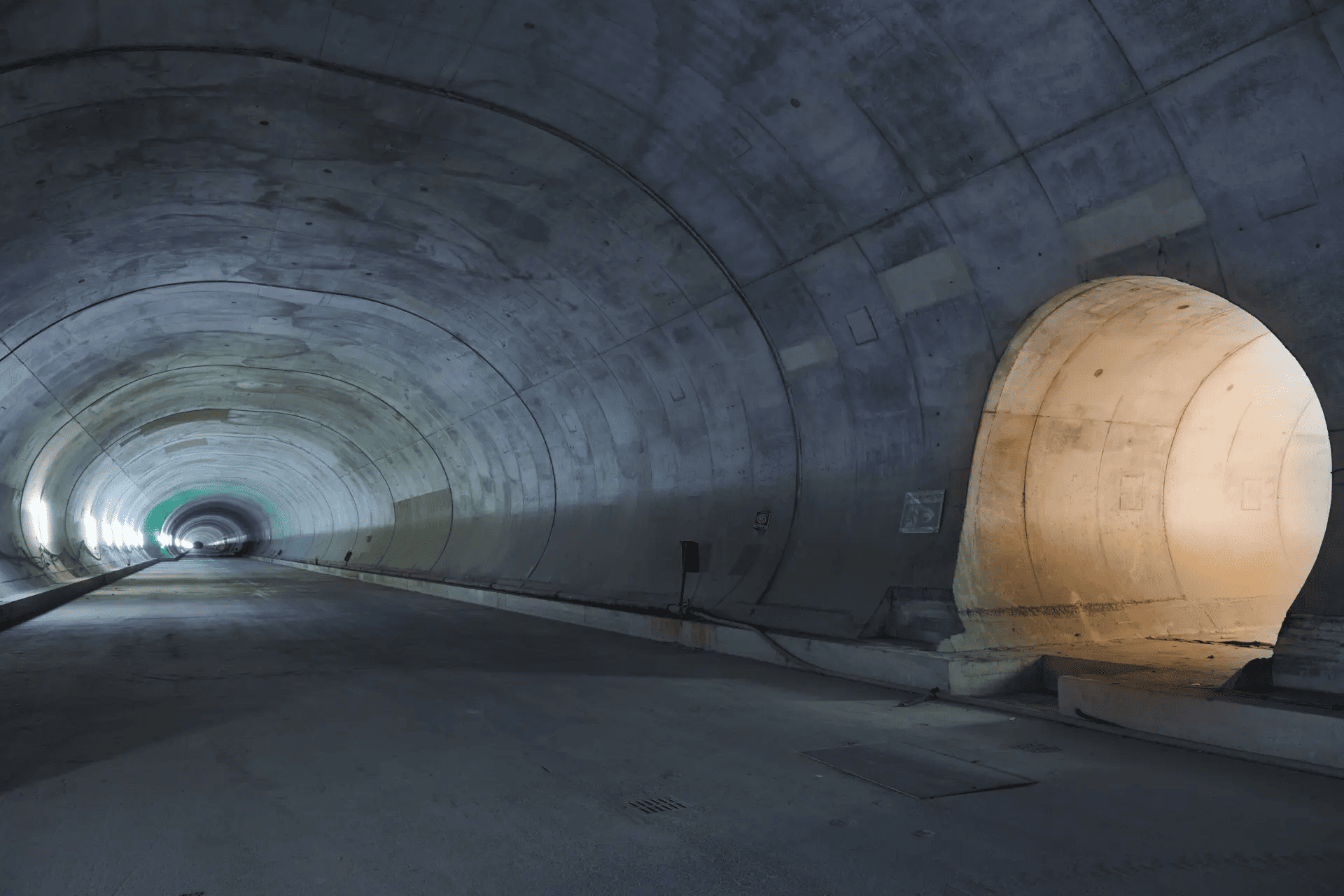
Brenner Tunnel: The Future of High-Speed Rail Beneath the Alps
In Italy, the Webuild Group is taking on an extraordinary challenge: the Brenner Base Tunnel — set to be the longest railway tunnel in the world through the mountains.
The Brenner railway will link Italy and Austria faster and more sustainably, cutting lorry traffic on Alpine roads and improving air quality across the region.
Italian High-Speed Rail: Travelling Swiftly from North to South on the Frecciarossa Train and Italo
Also built by Webuild, Italy’s high-speed rail network has transformed how people move around the country, from North to South.
Italian trains like the Frecciarossa and Italo connect cities such as Milan, Rome, and Naples in just a few hours, reaching speeds of over 300 km/h. It’s fast, comfortable, and often more convenient than flying.
TGV: France Travels First Class on the Fastest Train in Europe
France’s TGV train was one of Europe’s first high-speed trains. For over 40 years, it has connected Paris with cities across Europe — and even broke the world speed record for rail travel, clocking in at an astonishing 574.8 km/h.
The French train still is the fastest train in Europe.
Shinkansen: The Iconic Japanese Bullet Train
In Japan, the Shinkansen is more than just a train — it’s a national symbol. Known around the world as the “bullet train”, this Japanese train is renowned for its punctuality and comfort.
The latest Shinkansen models, such as the E5, cruise at speeds of up to 320 km/h, with acceleration so smooth that you barely notice the speed.
Fuxing Hao and Maglev: China Keeps Pushing Ahead with the Magnetic Train
China has made major investments in high-speed rail. The Fuxing Hao connects megacities like Beijing and Shanghai in a matter of hours, travelling at 350 km/h.
But the real star is Shanghai’s Maglev levitating train, which “floats” on tracks thanks to magnetic levitation — and has reached test speeds of up to 500 km/h.


